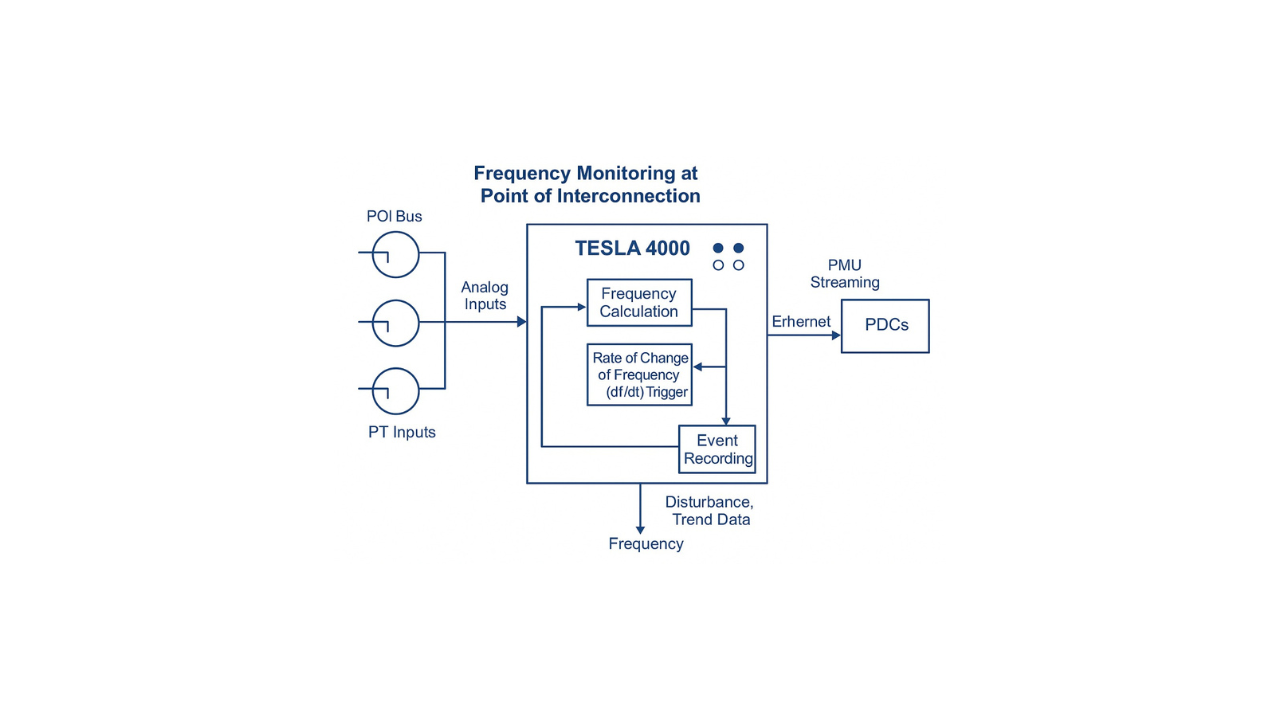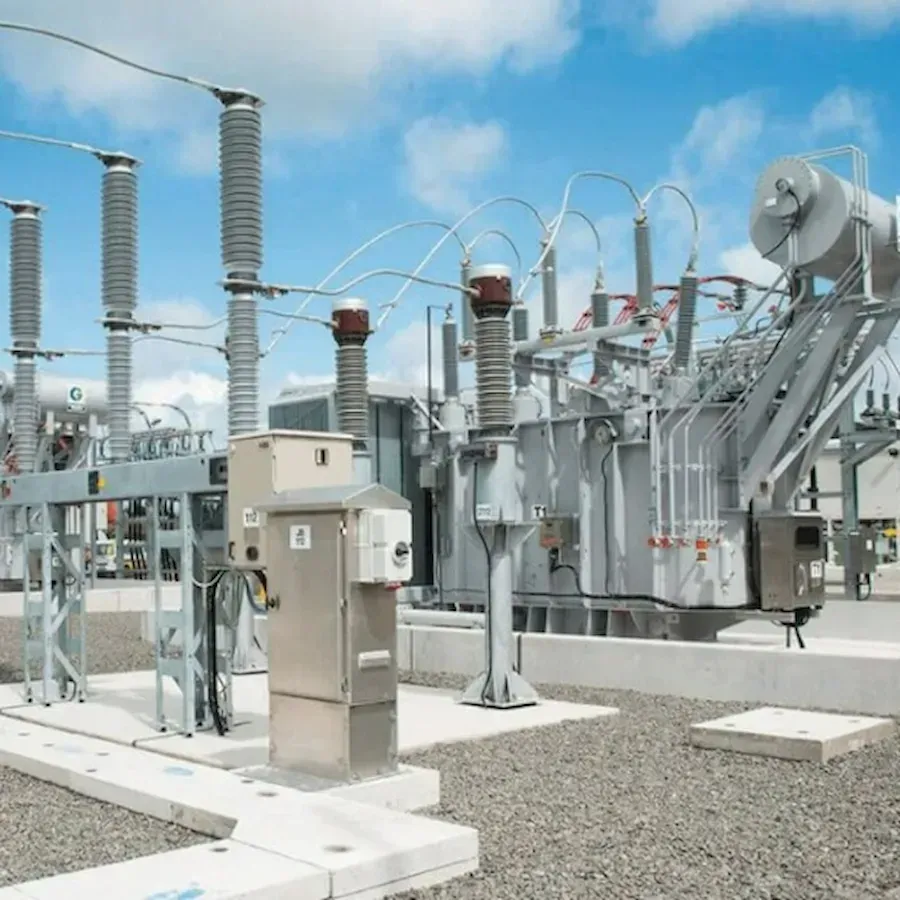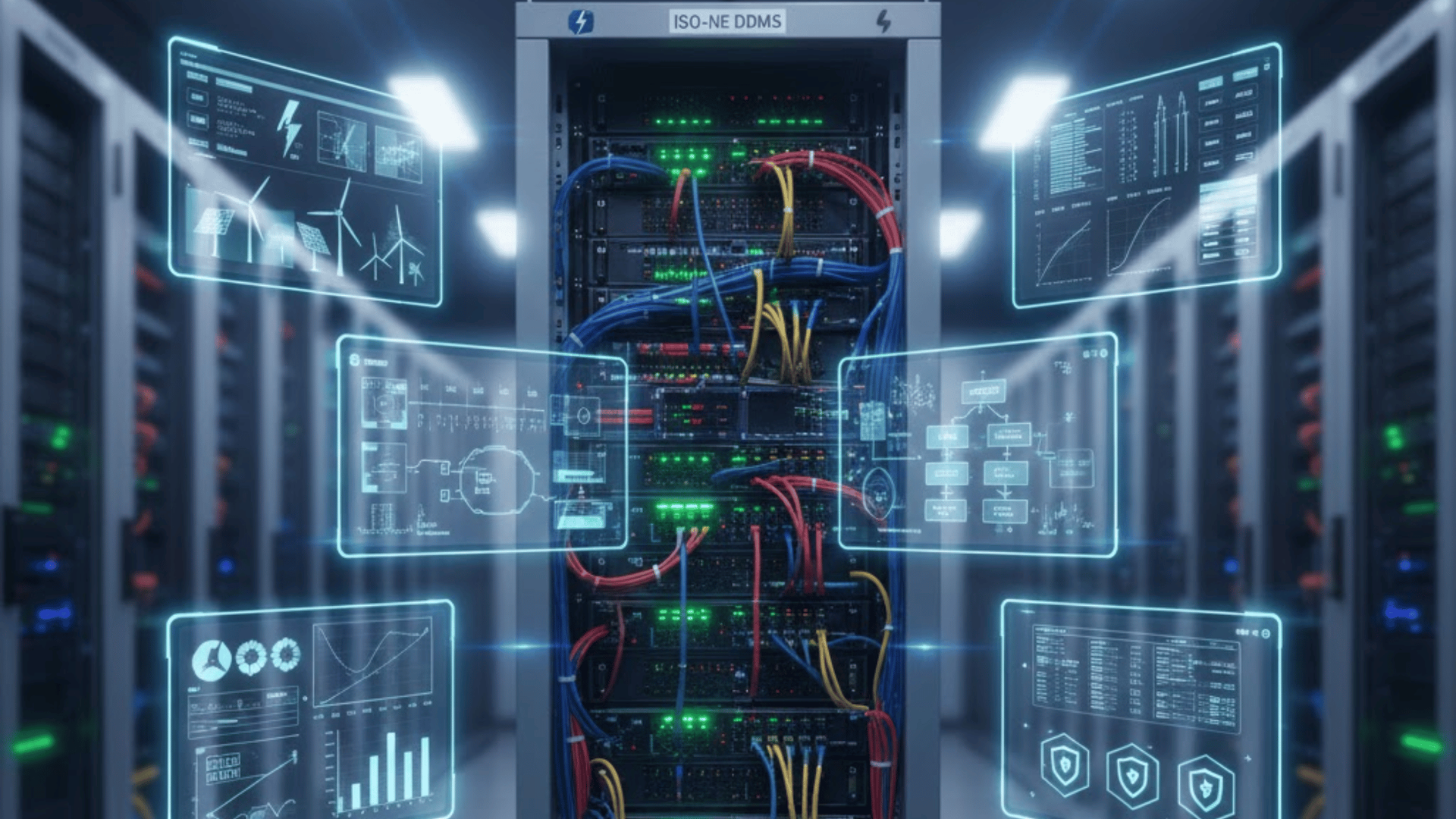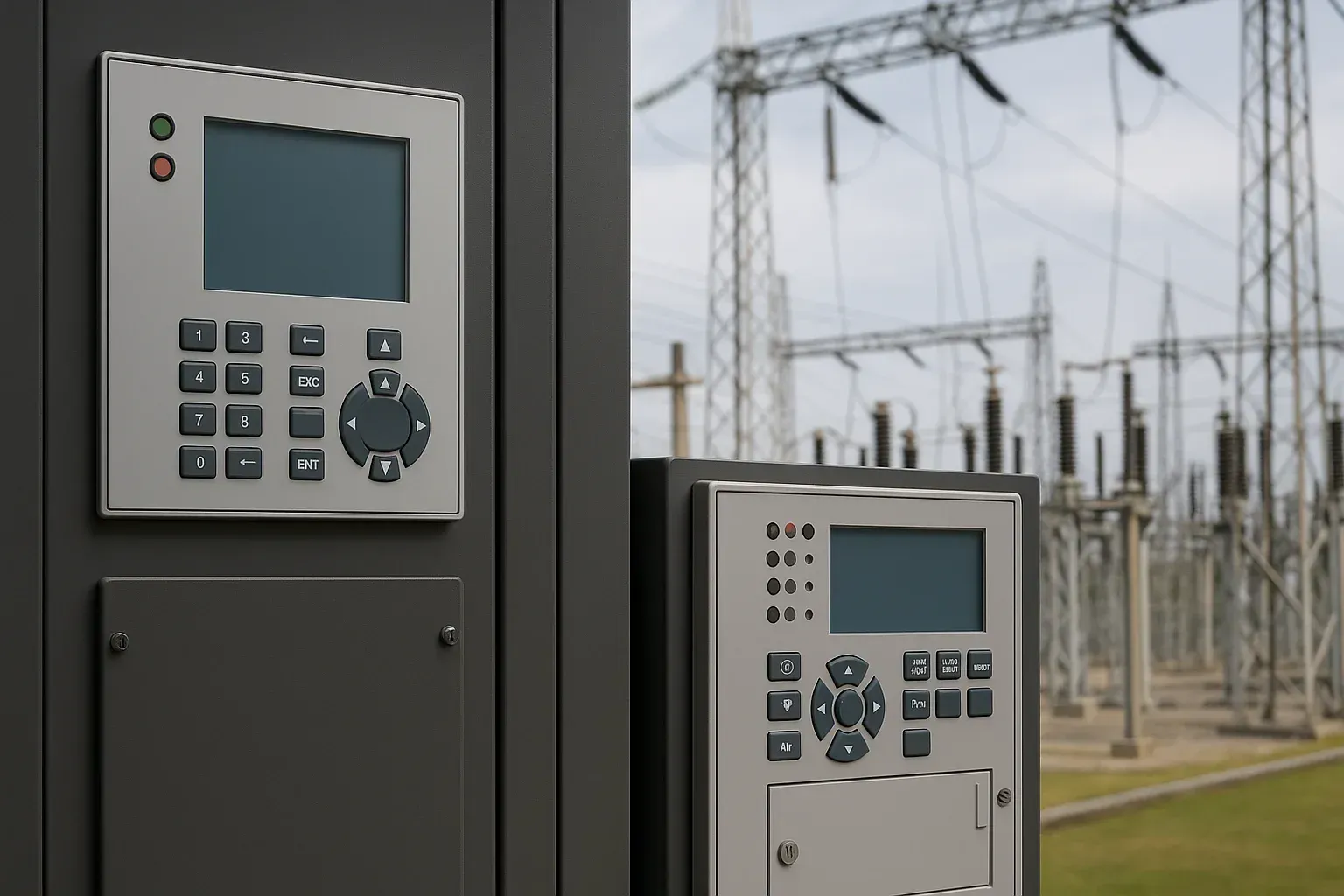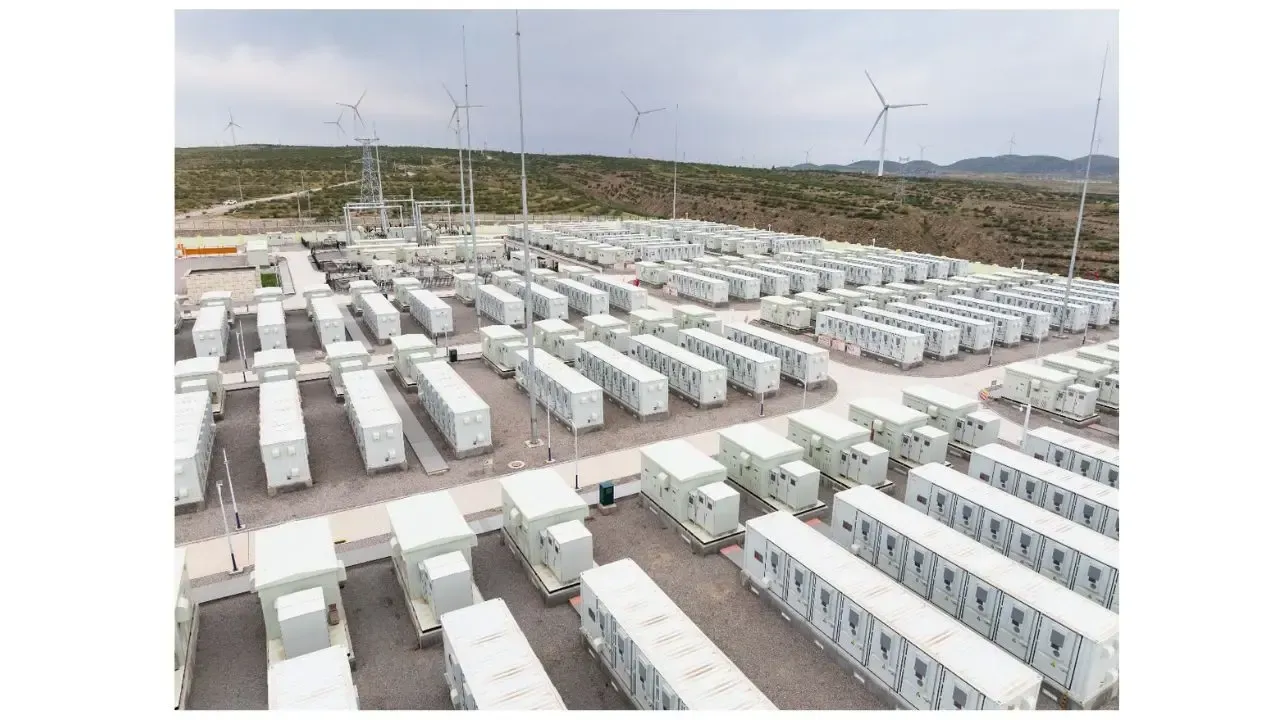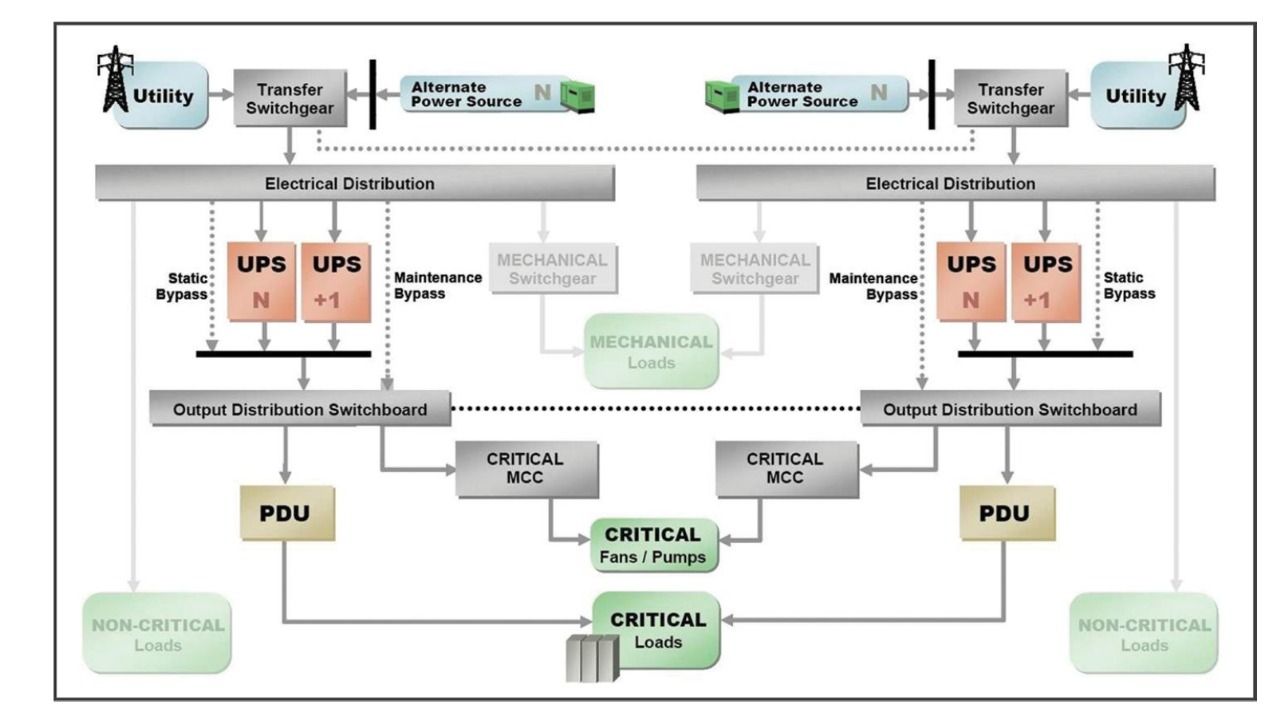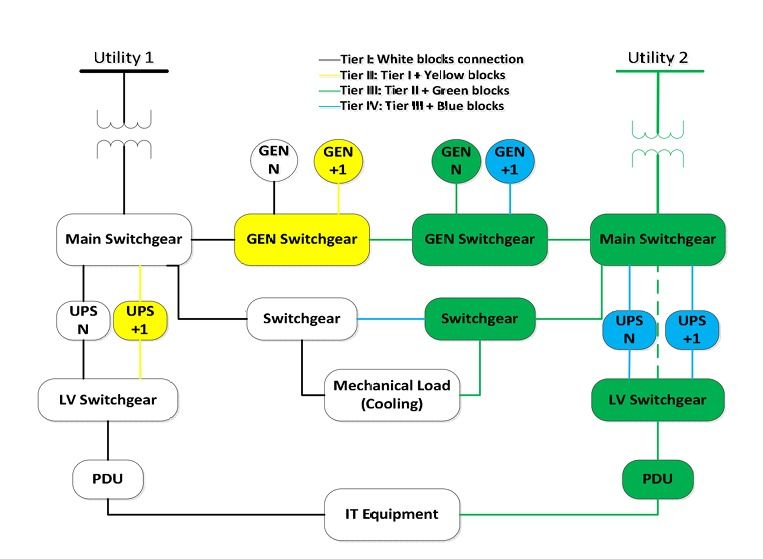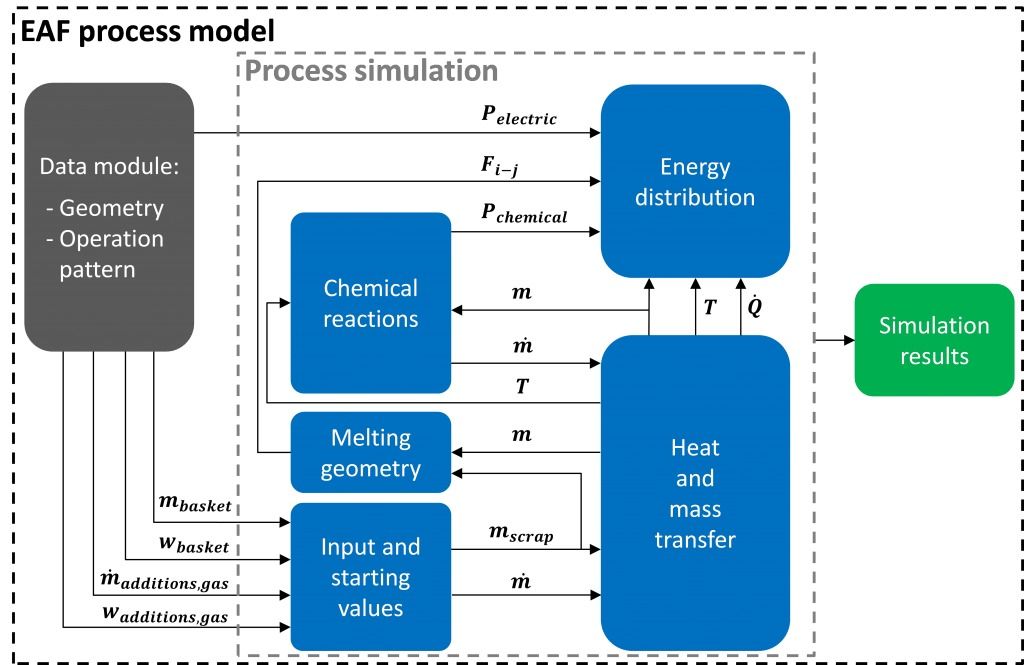A Coordinated Electric System Interconnection Review—the utility’s deep-dive on technical and cost impacts of your project.
Challenge: Frequent false tripping using conventional electromechanical relays
Solution: SEL-487E integration with multi-terminal differential protection and dynamic inrush restraint
Result: 90% reduction in false trips, saving over $250,000 in downtime
Frequency Monitoring at the Point of Interconnection Using TESLA 4000 IED
October 16, 2025 | Blog
Introduction
In the evolving landscape of modern power systems, precise frequency monitoring at the Point of Interconnection (POI) is essential for maintaining grid reliability, power quality, and compliance with NERC, FERC, and ISO/TO standards.
The TESLA 4000 Intelligent Electronic Device (IED) by ERL Phase plays a pivotal role in this process, enabling utilities to capture, analyze, and act upon frequency variations with millisecond precision.
At the POI—where generation meets the grid—frequency measurement is not just a data point; it’s a real-time indicator of system balance between load and generation. Even minor deviations from the nominal frequency (e.g., 60 Hz in North America or 50 Hz elsewhere) can trigger protective actions, islanding events, or cascading instability.
The TESLA 4000 integrates high-fidelity frequency, voltage, current, and phasor monitoring into one multifunctional platform. With built-in Phasor Measurement Unit (PMU) and Dynamic Swing Recorder (DSR) capabilities, it delivers synchronized, high-resolution frequency data crucial for both operational control and post-event analysis.
1. Importance of Frequency Monitoring at the POI
Frequency deviations occur due to imbalances between power supply and demand.
At the POI, this can result from:
- Generator trips or ramping errors
- Sudden disconnection of renewable sources
- Loss of major transmission lines or load blocks
- System oscillations or weak grid conditions
Continuous frequency monitoring helps detect and mitigate:
- Under-Frequency (UF) or Over-Frequency (OF) conditions
- Rate-of-change of frequency (df/dt) events
- Islanding and instability phenomena
- Governor or inverter control malfunctions
By monitoring frequency in real-time, utilities can take proactive measures—such as load shedding, adjusting AGC setpoints, or analyzing event trends for predictive maintenance.
2. TESLA 4000: An Overview of Frequency Monitoring Capabilities
The TESLA 4000 combines multiple monitoring domains within a single, advanced device, providing comprehensive visibility across time and event-based measurements. It functions as a Phasor Measurement Unit (PMU) to deliver real-time frequency, phase angle, and synchrophasor streaming at sub-second intervals in compliance with IEEE C37.118 standards. Additionally, its Dynamic Swing Recorder (DSR) captures low-speed system swings and oscillations that occur over seconds to minutes, enabling dynamic stability analysis.
For longer-term performance monitoring, the Continuous Disturbance Recorder (CDR) records RMS frequency trends over hours to months, helping identify gradual system changes or disturbances. Finally, the Sequence of Events Recorder (SER) provides time-stamped logs with 1 ms resolution, documenting breaker operations and relay actions on an event-based timeline.
Together, these functions make the TESLA 4000 a powerful all-in-one solution for real-time, dynamic, and long-term power system monitoring.
TESLA’s multi-domain synchronization ensures that frequency data from all these modes are time-aligned and consistent, enabling accurate correlation with other IEDs or PMUs in the network.
3. Frequency Calculation and df/dt Monitoring
The TESLA 4000 computes frequency through high-speed digital signal processing.
Its analog inputs—fed from Potential Transformers (PTs) at the POI—allow the system to calculate:
- Instantaneous frequency using zero-crossing or phase angle detection
- Rate of Change of Frequency (df/dt) through differentiation of measured values
These parameters are continuously compared against user-configurable limits.
Typical settings include:
- Under-Frequency Alarm: 59.7 Hz
- Over-Frequency Alarm: 60.3 Hz
- Rate of Change Trigger: ±0.02 Hz/s
When limits are exceeded, the DSR is triggered automatically to record oscillography and dynamic waveforms.
4. Multi-Time Frame Frequency Recording
The TESLA 4000 records data in multiple temporal resolutions simultaneously:
- Transient Fault Recording (DFR): 0.2–30 s, up to 384 samples/cycle
- Dynamic Swing Recording (DSR): 10 s–30 min, 1 sample/cycle
- Trend Recording (LTR): 10–3600 s per sample, up to 90 days
- Continuous Disturbance Recorder (CDR): 4–140 days continuous logging
This capability bridges short-term frequency transients (e.g., fault recovery) and long-term stability assessments, offering engineers a complete time-domain view of frequency performance at the POI.
5. IEEE C37.118 PMU Integration
The built-in PMU module streams synchrophasor data compliant with IEEE C37.118 standards.
It supports:
- 36 phasors, 12 analogs, 64 digitals, and 1 frequency channel
- Transmission to two independent Phasor Data Concentrators (PDCs) via Ethernet
This dual streaming ensures data redundancy and synchronization with regional Wide Area Monitoring Systems (WAMS).
PMU data enhances grid situational awareness, allowing operators to visualize:
- Frequency deviations in real time
- Phase angle differences between substations
- Regional frequency oscillations across the transmission network
6. Advanced Trigger Logic for Frequency Events
TESLA 4000 supports over 1100 configurable triggers, including:
- High/Low frequency threshold
- Positive/Negative df/dt
- Combined frequency-voltage (UF/UV) logic
- Harmonic or THD-based events
These triggers can initiate:
- Recording sessions
- Alarm contacts
- Cross-triggering across multiple TESLA units for synchronized event capture
At the POI, this flexibility ensures no frequency disturbance goes unrecorded, even under complex transient conditions.
7. Frequency Event Example: Loss of Generation
Figure 22 (from TESLA documentation) illustrates a loss-of-generation event.
A 1600 MW generator trip resulted in a 0.048 Hz frequency drop within 1.17 seconds.
TESLA’s DSR, configured for df/dt triggering, captured the entire swing and recovery waveform.
This allowed engineers to:
- Analyze the governor response delay
- Assess system inertia
- Verify AGC recovery time
Such real-world examples show how TESLA transforms raw frequency signals into actionable insights for both protection and planning teams.
8. Long-Term Frequency Trending and Compliance
TESLA’s CDR (Continuous Disturbance Recorder) logs frequency data continuously for up to 140 days, supporting:
- NERC PRC-002 and BAL-003 reporting
- Frequency ride-through validation for renewable plants
- Trend correlation with load and weather data
- Grid code compliance audits
This long-term data is archived in the RecordBase Central Station (RBCS), ensuring secure and centralized access for multiple stakeholders.
9. Integration at the Point of Interconnection
At the POI, TESLA 4000 typically interfaces with:
- Bus voltage PTs (for frequency input)
- Relay panels and SCADA systems
- Phasor Data Concentrators (PDCs)
- Plant control systems
Through IRIG-B GPS synchronization, TESLA aligns all frequency measurements with grid time references, ensuring accuracy across stations and enabling correlation with ISO or utility control centers.
10. Key Advantages for Utilities and Developers
The TESLA 4000 offers a comprehensive set of advantages for utilities and renewable energy developers by combining high-speed monitoring, multi-domain analysis, and system-wide synchronization in a single platform.
With its 384 samples per cycle sampling rate, the TESLA 4000 captures fast transients and sub-cycle frequency variations, providing exceptional resolution for event detection. Its compliance with IEEE C37.118 Phasor Measurement Unit (PMU) standards ensures real-time visibility of system frequency and phase angle, allowing operators to monitor grid stability with precision.
Through multi-timeframe recording, the device unifies transient, dynamic, and long-term monitoring capabilities—offering a complete view of grid behavior from milliseconds to months. Built-in df/dt triggers enable early detection of loss-of-generation or load rejection events, improving system protection and response times.
The cooperative group mode allows multiple TESLA 4000 units to synchronize and share data, enabling wide-area situational awareness across Points of Interconnection (POIs). Finally, seamless RBCS integration supports centralized data collection and archiving, simplifying analysis and ensuring compliance with utility monitoring requirements.
Together, these features make the TESLA 4000 a powerful and reliable solution for modern grid monitoring, performance optimization, and compliance management.
Frequently Asked Questions – Modern Power Systems
1. Why is frequency monitoring at the POI critical?
It ensures balance between power supply and demand, detects grid disturbances, and verifies generator or inverter control performance during abnormal events.
2. What is the typical frequency trigger setting used in TESLA 4000?
Utilities commonly configure ±0.3 Hz deviation and ±0.02 Hz/s df/dt as trigger thresholds, though these can be adjusted per grid code.
3. Does TESLA 4000 comply with IEEE C37.118 PMU standards?
Yes. It streams synchrophasor and frequency data fully compliant with IEEE C37.118 for interoperability with PDCs and WAMS.
4. How does TESLA ensure time synchronization for frequency data?
It uses IRIG-B GPS time synchronization, maintaining microsecond-level accuracy across substations.
5. Can TESLA record both transient and long-term frequency trends?
Yes. It integrates DFR, DSR, and CDR to capture frequency data from milliseconds to months.
6. What sampling rate is used for frequency measurement?
Up to 384 samples per cycle, enabling detailed harmonic and transient frequency analysis.
7. What is df/dt, and why is it important?
df/dt represents the rate of change of frequency. A high df/dt indicates rapid imbalance, such as a generator trip, requiring immediate system response.
8. Can TESLA trigger events based on frequency and voltage simultaneously?
Yes. Advanced trigger logic allows compound conditions like UF + UV for more precise disturbance detection.
9. How many frequency channels can TESLA monitor?
One primary frequency channel is derived, but up to 36 phasors can be streamed, each associated with its own voltage reference.
10. Is frequency monitoring integrated with fault analysis?
Yes. TESLA’s DFR and SER correlate frequency deviations with breaker operations and fault waveforms.
11. How long can TESLA store frequency trend data?
Up to 140 days depending on channel count, sample rate, and flash memory configuration.
12. Does TESLA support redundant frequency data streaming?
Yes. It can stream simultaneously to two PDCs, each with an independent MAC address.
13. How does TESLA assist in NERC compliance?
It provides time-synchronized, event-based and continuous frequency records meeting PRC-002 and BAL-003 reporting needs.
14. Can TESLA detect oscillations or swings?
Yes. The Dynamic Swing Recorder (DSR) captures and analyzes oscillatory behavior caused by weak grid or loss-of-generation events.
15. How does TESLA 4000 handle multiple substations?
Up to four TESLA units can operate in cooperative mode, providing distributed frequency and disturbance recording across a wide area.
16. What makes TESLA 4000 suitable for renewables?
It records frequency ride-through behavior of inverters, validating grid code compliance for wind and solar projects.
17. Can operators visualize real-time frequency data?
Yes. Through the TESLA Control Panel (TCP) software, users can view live frequency, voltage, and phasor data streams.
18. How accurate is TESLA’s frequency measurement?
Within ±0.001 Hz under stable conditions, exceeding most PMU-class accuracy requirements.
19. What happens if the grid loses time sync temporarily?
TESLA continues to record locally and resynchronizes data once IRIG-B is restored, tagging any unsynced intervals for traceability.
20. Can TESLA data be exported for simulation or analysis?
Yes. Records can be exported in COMTRADE or CSV formats for tools like PSSE, TSAT, or PSCAD.
21. What communication protocols are required?
Standard protocols such as IEC 61850 and DNP3, with cybersecurity considerations.
22. What data must IBRs report?
Real-time telemetry, control status, alarms, and performance metrics.
23. How does IEEE 2800 address cyber threats?
By requiring secure communication channels and authentication protocols.
24. Do IBRs need to participate in system restoration?
Yes, they must support black-start and system recovery operations where applicable.
25. What is the long-term significance of IEEE 2800?
It creates a uniform technical foundation for high renewable penetration, ensuring grid reliability
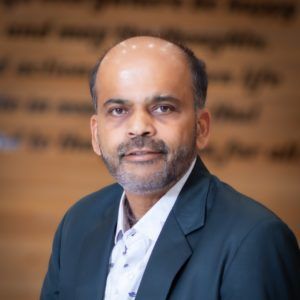
About the Author:
Sonny Patel P.E. EC
IEEE Senior Member
In 1995, Sandip (Sonny) R. Patel earned his Electrical Engineering degree from the University of Illinois, specializing in Electrical Engineering . But degrees don’t build legacies—action does. For three decades, he’s been shaping the future of engineering, not just as a licensed Professional Engineer across multiple states (Florida, California, New York, West Virginia, and Minnesota), but as a doer. A builder. A leader. Not just an engineer. A Licensed Electrical Contractor in Florida with an Unlimited EC license. Not just an executive. The founder and CEO of KEENTEL LLC—where expertise meets execution. Three decades. Multiple states. Endless impact.
Services

Let's Discuss Your Project
Let's book a call to discuss your electrical engineering project that we can help you with.

About the Author:
Sonny Patel P.E. EC
IEEE Senior Member
In 1995, Sandip (Sonny) R. Patel earned his Electrical Engineering degree from the University of Illinois, specializing in Electrical Engineering . But degrees don’t build legacies—action does. For three decades, he’s been shaping the future of engineering, not just as a licensed Professional Engineer across multiple states (Florida, California, New York, West Virginia, and Minnesota), but as a doer. A builder. A leader. Not just an engineer. A Licensed Electrical Contractor in Florida with an Unlimited EC license. Not just an executive. The founder and CEO of KEENTEL LLC—where expertise meets execution. Three decades. Multiple states. Endless impact.
Leave a Comment
We will get back to you as soon as possible.
Please try again later.
Related Posts


